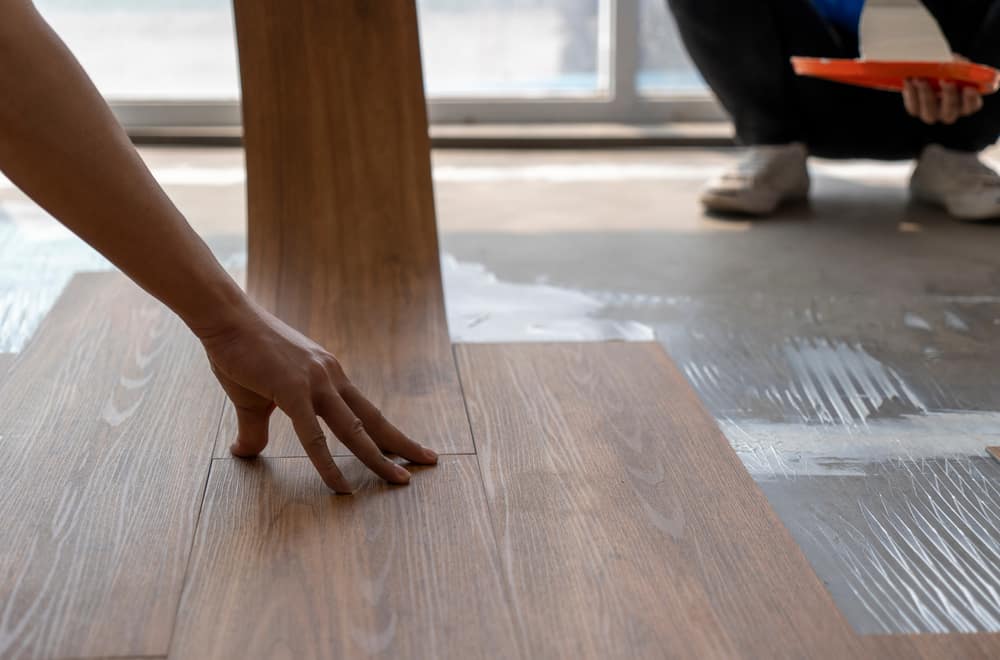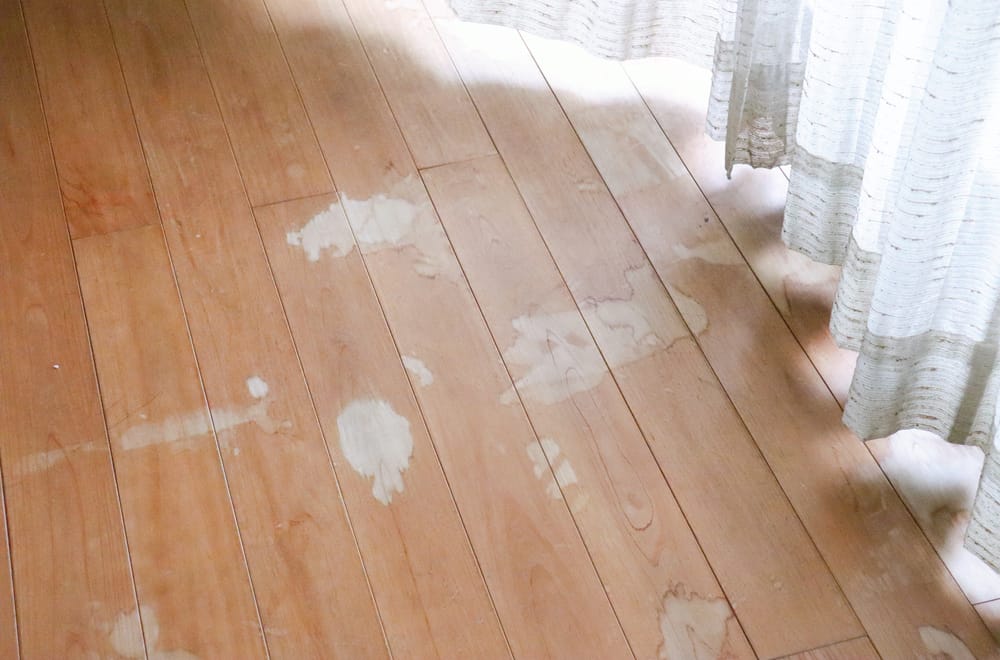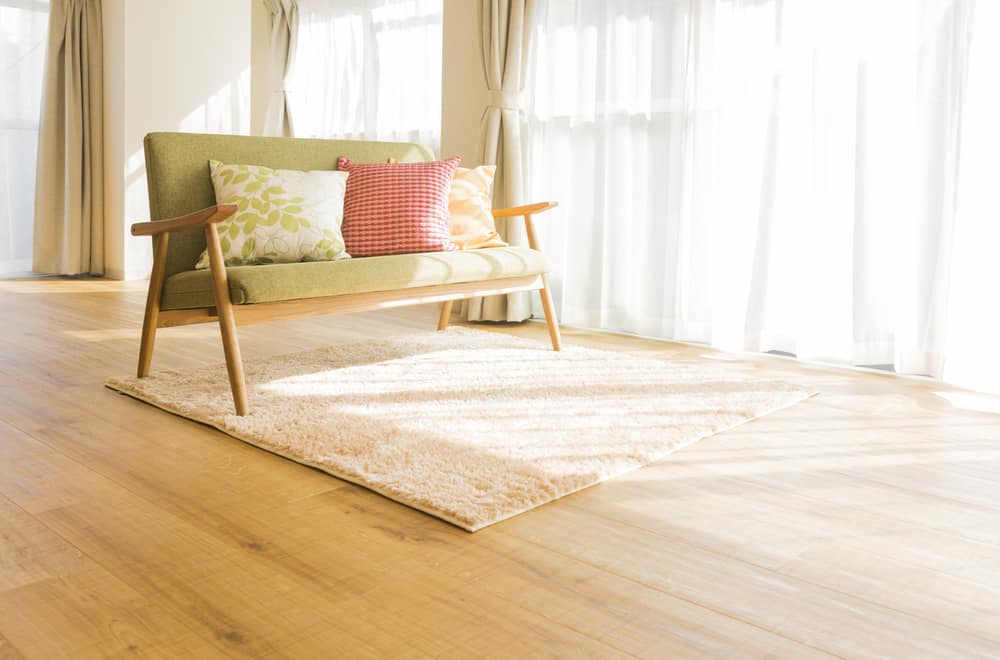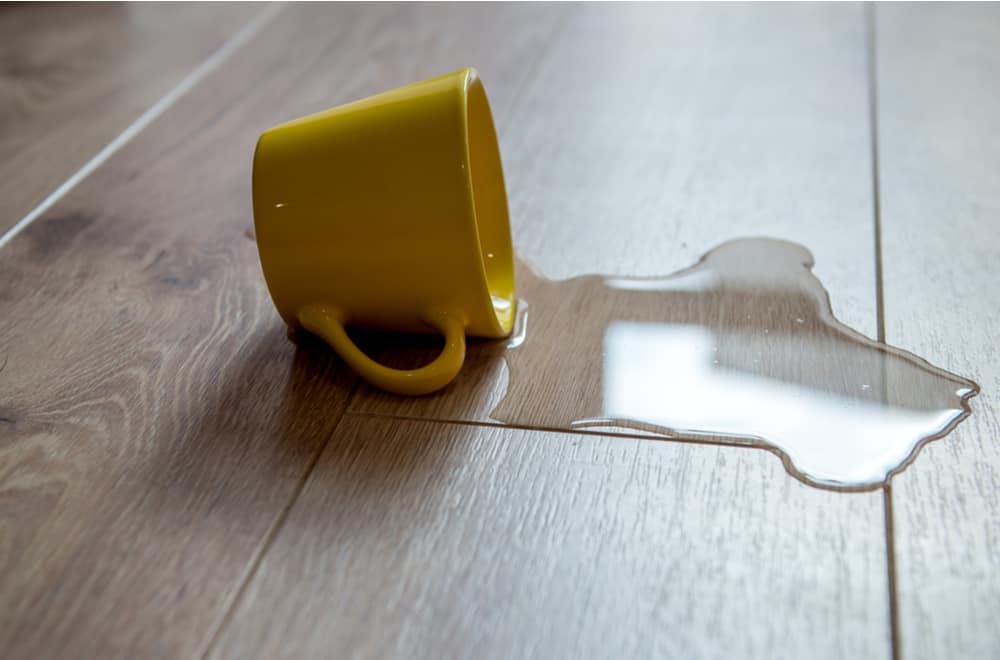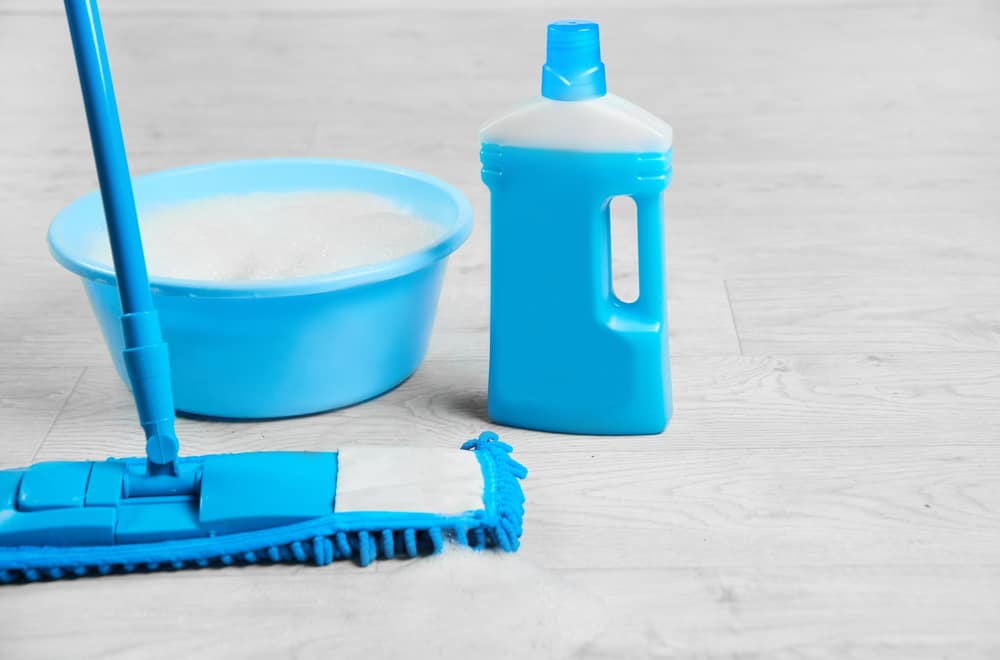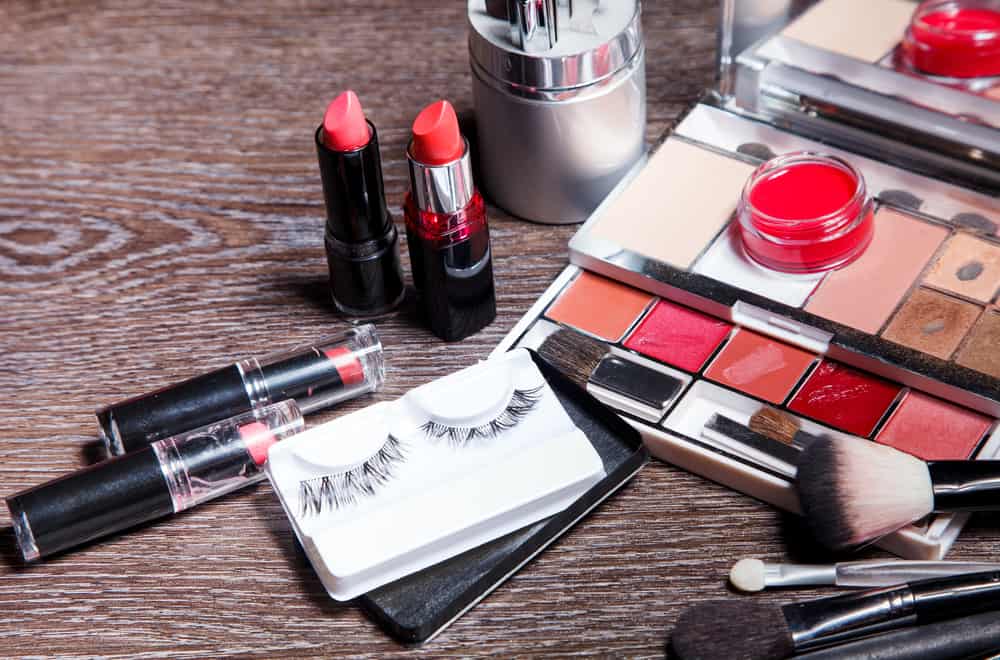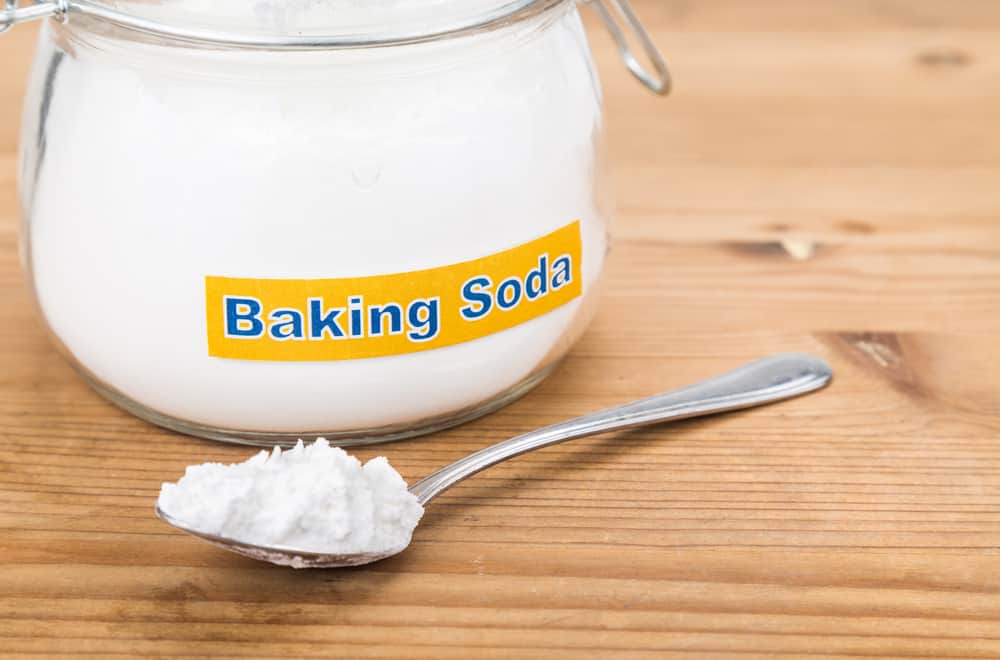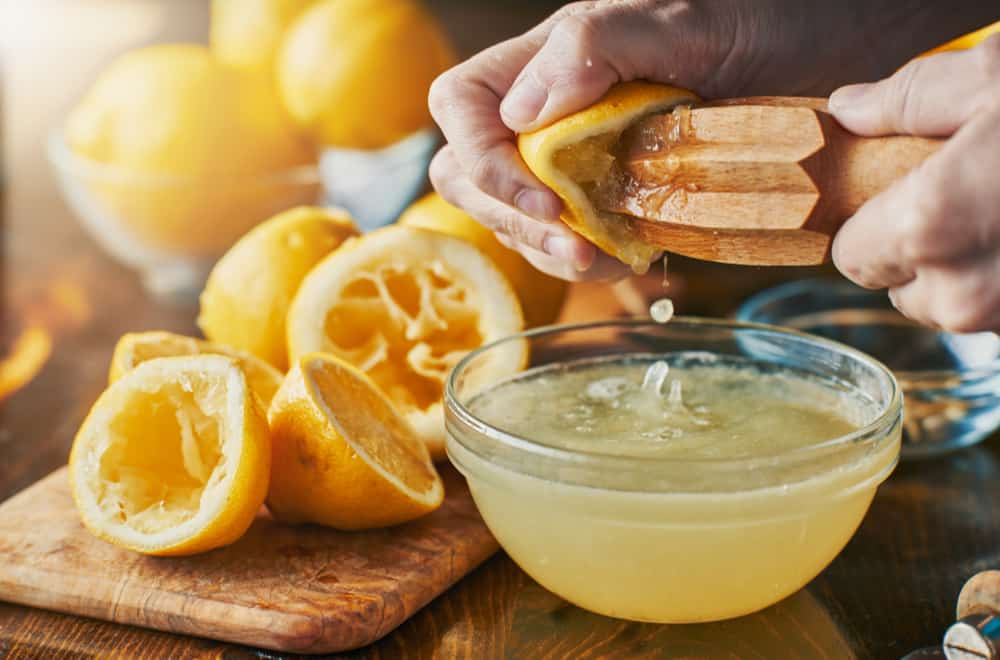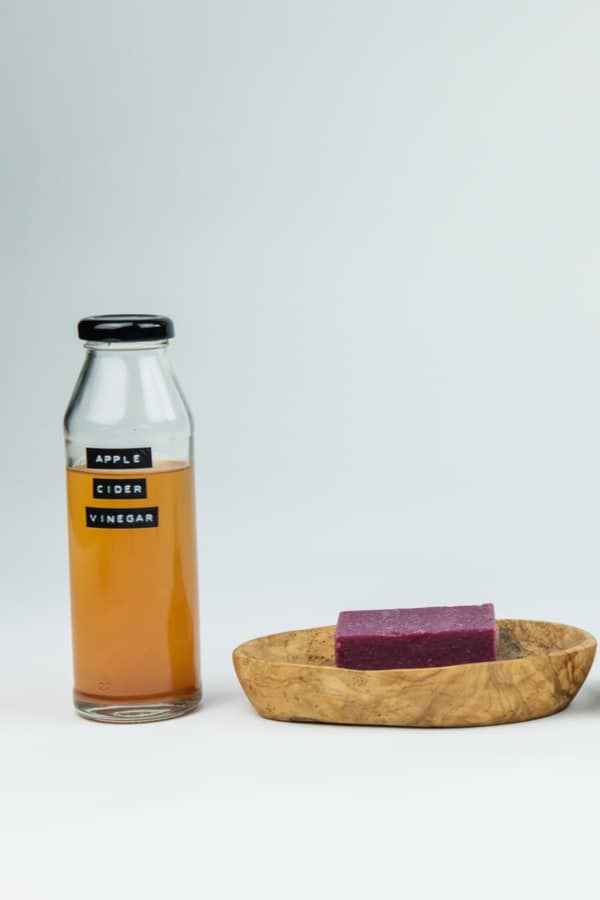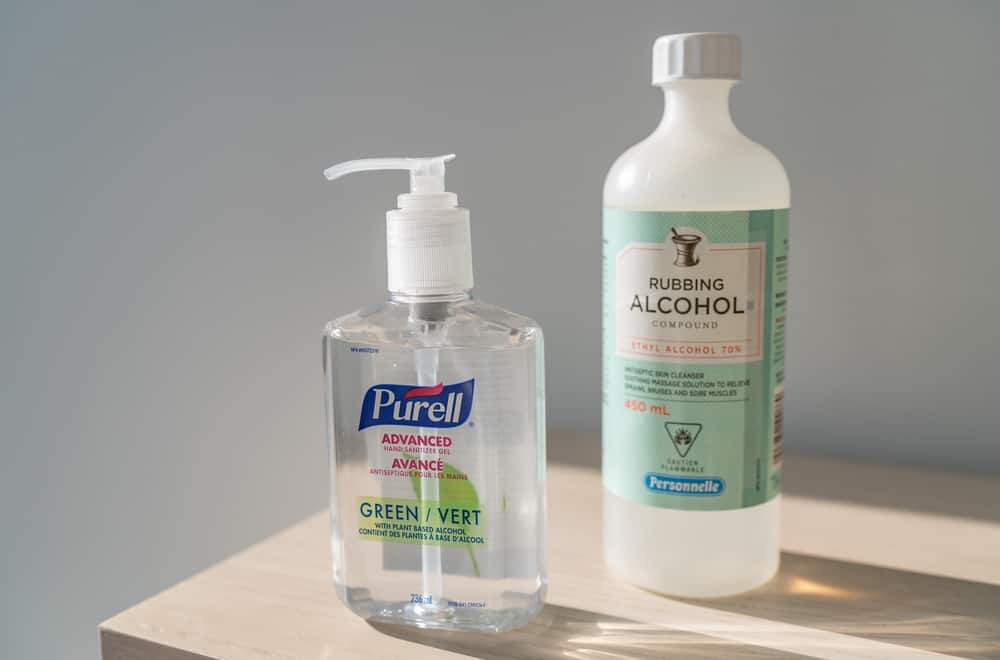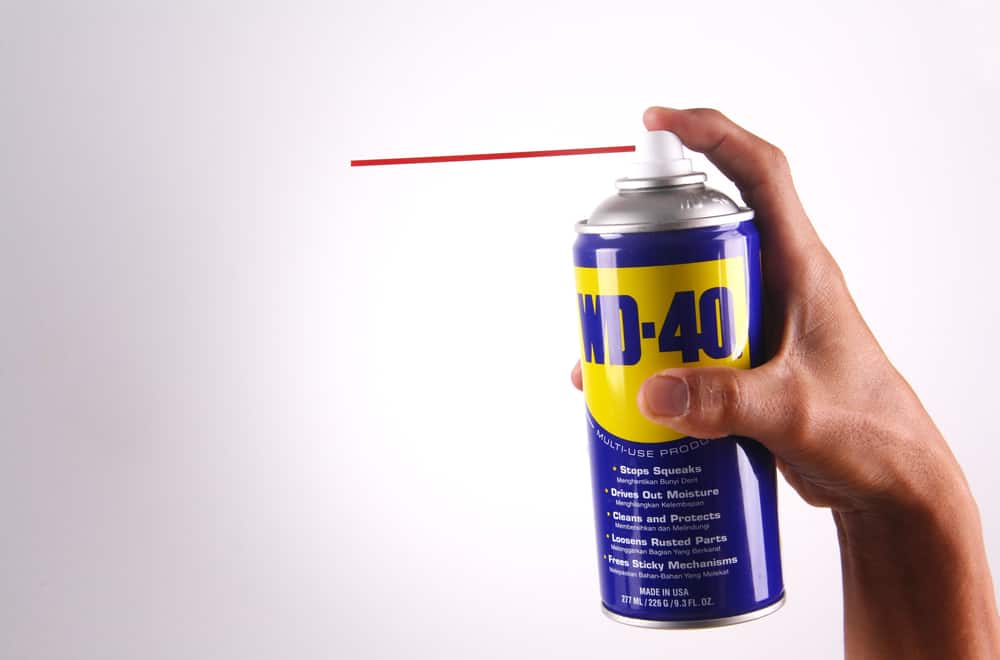Does your vinyl flooring look weathered and dingy? Discoloration can ruin your floor’s beautiful aspect, but we know just how to clean discolored vinyl flooring.
Discoloration can happen for a number of reasons, but you can get rid of the unsightly spots or stains with a handful of products you might already have in your home. For instance, a solution of baking soda and water can get rid of yellow stains. Rubbing alcohol can help you remove paint or crayon marks. Lemon juice and dish soap are other helpful allies.
With this in mind, let’s see what causes vinyl planks to discolor and how to deal with the issue.
Table of Contents
Common Causes of Vinyl Plank Discoloration
Vinyl flooring is known for its resistance and low maintenance, but there are a few things that can damage it and cause discoloration. Let’s have a look at the most common ones.
Improper installation
Improper installation is one of the most common reasons behind discoloration. One of the greatest mistakes is not applying an adequate substrate under the planks. A low-quality subfloor can let moisture pass through, which will damage the planks from below.
When the humidity gets to the design layer, it can dilute the color finish and alter the design, causing discoloration.
Another frequent mistake is using too much adhesive when installing glue-down flooring. When using too much adhesive, the excess product can come through the planks and create a stained appearance.
Mold and mildew
Vinyl discoloration mostly happens because of excessive moisture, which leads to the development of mold and mildew.
We mentioned one of the potential causes above, but there are other ways for humidity to find its way into the inner layers of the planks. Scratches and scuffs are the most obvious, moisture traveling through the layers as you mop the floors or due to spills.
This issue is more frequent on budget vinyl planks which are not fully waterproof. Thus, you should deal with any spills immediately and always dry the floors with a microfiber cloth after mopping them.
Exposure to sunlight
Few people know that vinyl flooring isn’t UV-resistant and that discoloration can happen due to prolonged exposure to sunlight.
This issue is easier to spot on floors installed in rooms with good sun exposure, especially when you move rugs or pieces of furniture that haven’t been moved in some time.
Unfortunately, UV fading is almost impossible to fix, and you’ll often have to replace the discolored planks to restore the floor’s looks.
Liquid and solid spills
Spills can also discolor your vinyl flooring, including liquid spills, such as juices or vegetal oil, or solid spills like greasy food. Certain vegetables and fruits can also leave ugly stains behind. Dealing with spills as soon as they happen is crucial.
Effect of chemicals
A quick look at methods to remove discoloration stains from vinyl flooring shows lots of tips that refer to the use of bleach. However, you should never use bleach to clean vinyl floors. This product is too harsh and can damage the protective coat on the planks. When exposed to sunlight, bleach also tends to leave yellow stains on plastic surfaces, including vinyl.
Other harsh chemicals you should be aware of include ammonia and most floor cleaners. If you want to clean your floors with a commercial product, stick to those formulated specifically for vinyl flooring.
Makeup, crayons, and markers
Makeup can easily get onto your floor and stain the vinyl planks if you don’t clean it right away. The main culprits include foundation, blush, powders, and powder eyeshadows. Mascara and eyeliner stains are also hard to remove and could discolor vinyl.
Crayons are generally made of wax. Wax can react with the top coat on the vinyl planks and disintegrate it, leaving the design layer exposed to the action of other chemicals and moisture.
Permanent markers may not change the actual layers of vinyl, but they are hard to remove. Many people damage the vinyl planks while trying to scrub off permanent markers.
How to Clean Discolored Vinyl Flooring?
1. Clean your floors with baking soda
A natural vinyl floor cleaner that’s probably in your cupboard, baking soda does an excellent job in removing most surface stains. This method is particularly effective for removing discoloration caused by food spills and dirt.
You’ll need:
- Baking soda
- Water
- Soft sponge or brush
- Microfiber cloth
Here’s how to do it:
- Mix baking soda with water to form a thick paste.
- Use the sponge or brush to scrub the stain with the baking soda paste.
- Use a clean cloth to wipe off the mixture, then inspect the floor. Repeat if necessary.
- When you’re happy with the result, remove any paste residues with a microfiber cloth soaked in plain water, then dry excess moisture with a dry cloth.
2. Lemon juice
Like apple cider vinegar, lemon juice is acidic, and it can easily remove stains. However, you can use lemon juice undiluted, a thing that makes it a more effective solution for dealing with discoloration.
Cleaning your floors with lemon juice is easy. Simply cut a lemon in half and rub it onto the stain. Use the other half if necessary and wipe off the spot with a dry microfiber cloth after you’ve removed the stain.
3. Rub the stains with dish soap and apple cider vinegar
Dish soap, together with apple cider vinegar, is an excellent choice for removing discoloration caused by greasy or oily foods. In addition to stain removal, dish soap can also wash off dirt and grime, successfully replacing apple cider vinegar during the deep cleaning of your floors. Here’s how to use it to get rid of discoloration.
- Mix a cup of apple cider vinegar with a gallon of lukewarm water, then add one tablespoon of dish soap.
- Use a soft bristle brush to scrub the stains off your vinyl floor.
- Mop the entire floor surface with the apple cider vinegar/dish soap mixture – use a nylon bristle mop for the purpose.
- Wipe off the floors with a clean mop and plain water to remove any soap residues.
- Dry the floors with a microfiber cloth. If the discoloration stains have not been removed, scrub them with baking soda paste as explained above.
4. Clean with rubbing alcohol
Rubbing alcohol is an excellent choice for removing ink and makeup stains. You can also use rubbing alcohol to get rid of crayon marks.
All you have to do is deep a clean cloth into rubbing alcohol and rub it vigorously over the stain. Repeat as needed and wipe with plain water when you’re done. Dry the floors with a clean microfiber cloth to prevent further discoloration.
5. Versatile WD-40 method
We mentioned above that most stains happen because moisture can find its way through the core levels of the planks to scratches and scuffs. Repairing them can help you prevent discoloration, and an easy way to fix scuffs is with WD-40.
You’ll need:
- WD-40
- Microfiber cloths
- Latex gloves
To remove the scuffs, place some WD-40 on a microfiber cloth and rub it gently over the scuff marks in a circular motion. Continue rubbing until the scuffs are gone, then let it dry. Use a clean microfiber cloth to wipe the spot.
How to Prevent Vinyl Flooring Discoloration?
Preventing is better than fixing, so how to prevent vinyl flooring discoloration? Here are a few tips and tricks:
- Change the position of your rugs and furniture often: Changing the position of your rugs and furniture will not only prevent discoloration caused by rubber rugs or furniture legs, but it will also prevent UV light from damaging the exposed part of the floor.
- Minimize the effect of UV rays: Use curtains to filter the sunlight coming into the room. Some fabrics can even block UV radiation – these curtains are worth considering if you want to prolong the lifespan of your floors.
- Install a moisture barrier: Moisture getting through the plank layers from below is more dangerous than spills because you can’t see it. That’s why you should install a waterproof barrier under the subfloor or between the subfloor and the vinyl flooring.
- Only use cleaners specifically designed for vinyl: Most floor cleaners contain bleach or ammonia, two chemicals that can damage and stain your vinyl flooring. If you don’t have a specific cleaner, use apple cider vinegar and dish soap instead.
- Pay attention during installation: Prevent adhesive from damaging your floors by paying attention during installation. Only use as much adhesive as needed to install the planks properly.
Conclusion
Removing discoloration from vinyl flooring is relatively easy if the problem is caused by spills, makeup, markers, or crayons. However, discoloration caused by UV radiation or yellow stains produced by chemicals can be harder and sometimes impossible to remove.
Have you dealt with stubborn stains and discoloration of your vinyl flooring before? How did you clean it? Tell us in a comment below and share this article before you go.
